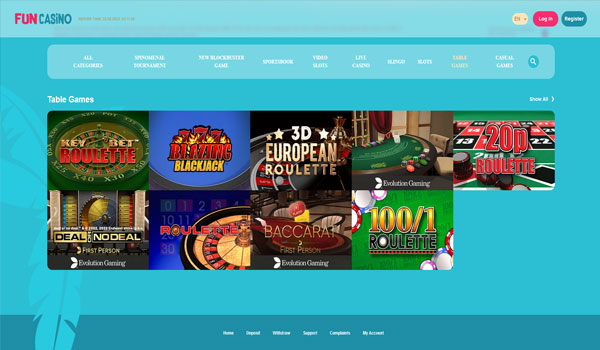Data communication refers to the transmission of data between devices via a transmission medium. This can be through wired media, for example twisted pair wire or coaxial cable, or wireless mediums such as radio waves or optical fibers. The data must be encoded, encapsulated and transmitted by the sending device followed by decoding and decapsulation at the receiver device. This is similar to the transmission of analog signals, however, it is more complicated and focuses on the exchange of binary data (1s and 1s and).
To increase efficiencies within an organization, companies are using data communication to share information more efficiently with dispersed users. To make sure that inventory is aligned with demand and reduce waste, an automaker was required to relay data to 6’000 untrained spare part dealers who were dispersed. This required communication via an internet network that wasn’t optimized for data communication and an app for mobile devices that was difficult to navigate for new users.
Effective data communications begin by understanding your audience and how they see the data. It involves creating visuals that help tell the story, providing contextual information, and articulating information in a clear and concise manner. It also involves tailoring the content to specific audiences depending on their hierarchy, technical expertise and interest level. It also means expanding the boundaries of imagination to make data-driven communications more memorable and Homepage memorable.



